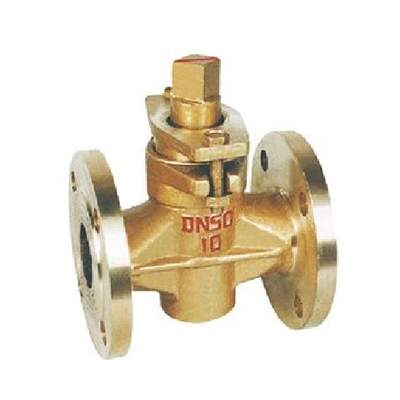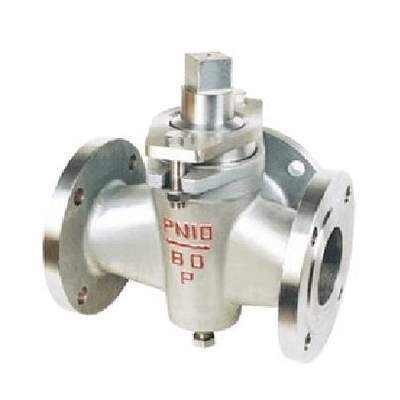Introduction

China has solidified its position as a global manufacturing hub, producing a vast array of industrial components, including high-quality plug valves. These essential devices play a pivotal role in diverse industries, providing dependable fluid control solutions. This comprehensive guide delves into the world of China plug valves, exploring their defining features, numerous benefits, wide-ranging applications, and expert advice on selecting the ideal valve for your specific needs.
Understanding China Plug Valves
China plug valves, also recognized as Chinese plug cocks, are mechanical marvels designed to regulate the flow of fluids or gases within a pipeline system. They comprise a cylindrical body housing a tapered plug that rotates within the body, effectively opening or closing the passageway. Renowned for their simplicity, durability, and cost-effectiveness, these valves have become indispensable in various industrial settings.
Key Features and Benefits
- Material Diversity: China plug valves are available in a plethora of materials, including cast iron, stainless steel, and various alloys, ensuring compatibility with a wide spectrum of fluids and operational conditions.
- Superior Sealing: The tapered design of the plug guarantees a tight seal, preventing leakage and optimizing performance.
- Exceptional Durability: Constructed with robust materials and precision engineering, plug valves offer remarkable durability and an extended service life.
- Cost-Effective Solution: Leveraging economies of scale and efficient manufacturing processes, China plug valves often present a more cost-effective alternative compared to valves sourced from other regions.
- Extensive Size Range: Plug valves are available in a diverse range of sizes, accommodating different pipeline diameters and flow rates.
Applications of China Plug Valves
China plug valves find extensive applications in a myriad of industries, including:
- Oil and Gas: Controlling the flow of crude oil, natural gas, and other petroleum products.
- Chemical Processing: Handling corrosive and hazardous substances within chemical plants.
- Water Treatment: Regulating the flow of water and chemicals in water treatment facilities.
- Food and Beverage: Controlling the flow of various liquids and slurries in food and beverage processing.
- Pulp and Paper: Regulating the flow of pulp, water, and chemicals in pulp and paper mills.
How to Choose the Right China Plug Valve
When selecting a plug valve, consider the following crucial factors:
- Fluid Compatibility: Ensure that the valve material is compatible with the fluid being handled to prevent corrosion and contamination.
- Operating Pressure and Temperature: Select a valve that can withstand the operating pressure and temperature of your specific application.
- Flow Rate: Choose a valve with a suitable flow capacity to meet your unique requirements.
- End Connections: Select the appropriate end connections (e.g., threaded, flanged) to match your existing piping system.
- Valve Body Design: Consider the valve body design (e.g., straightway, three-way) based on your piping layout and flow requirements.
Comparison of Different China Plug Valve Materials
| Material | Advantages | Disadvantages | Applications |
|---|---|---|---|
| Cast Iron | Cost-effective, durable | Susceptible to corrosion in certain environments | General industrial applications, water, and wastewater |
| Stainless Steel | Corrosion-resistant, high temperature tolerance | Higher cost | Chemical processing, food and beverage, pharmaceutical |
| Alloy Steel | High strength, resistance to extreme temperatures | Higher cost | High-pressure applications, oil and gas |
Quality Assurance and Certifications

Reputable manufacturers of China plug valves adhere to stringent quality standards and obtain certifications such as ISO 9001, CE, and API to guarantee product quality and reliability.
Conclusion
China plug valves offer a dependable and cost-effective solution for fluid control in a wide range of industrial applications. By comprehending their key features, benefits, and applications, you can make informed decisions when selecting the ideal valve for your specific needs.
FAQ
What is the difference between a ball valve and a plug valve?
Ball valves use a spherical ball to control flow, while plug valves use a tapered plug.
How do I select the correct size for a China plug valve?
Consider the pipeline diameter, flow rate, and pressure requirements.
What is the lifespan of a typical China plug valve?
With proper maintenance, a China plug valve can last for many years.
Can China plug valves be used in high-temperature applications?
Yes, certain materials like stainless steel and alloy steel are suitable for high-temperature applications.
How do I maintain a China plug valve?
Regular inspection, lubrication, and cleaning are essential for optimal performance.
